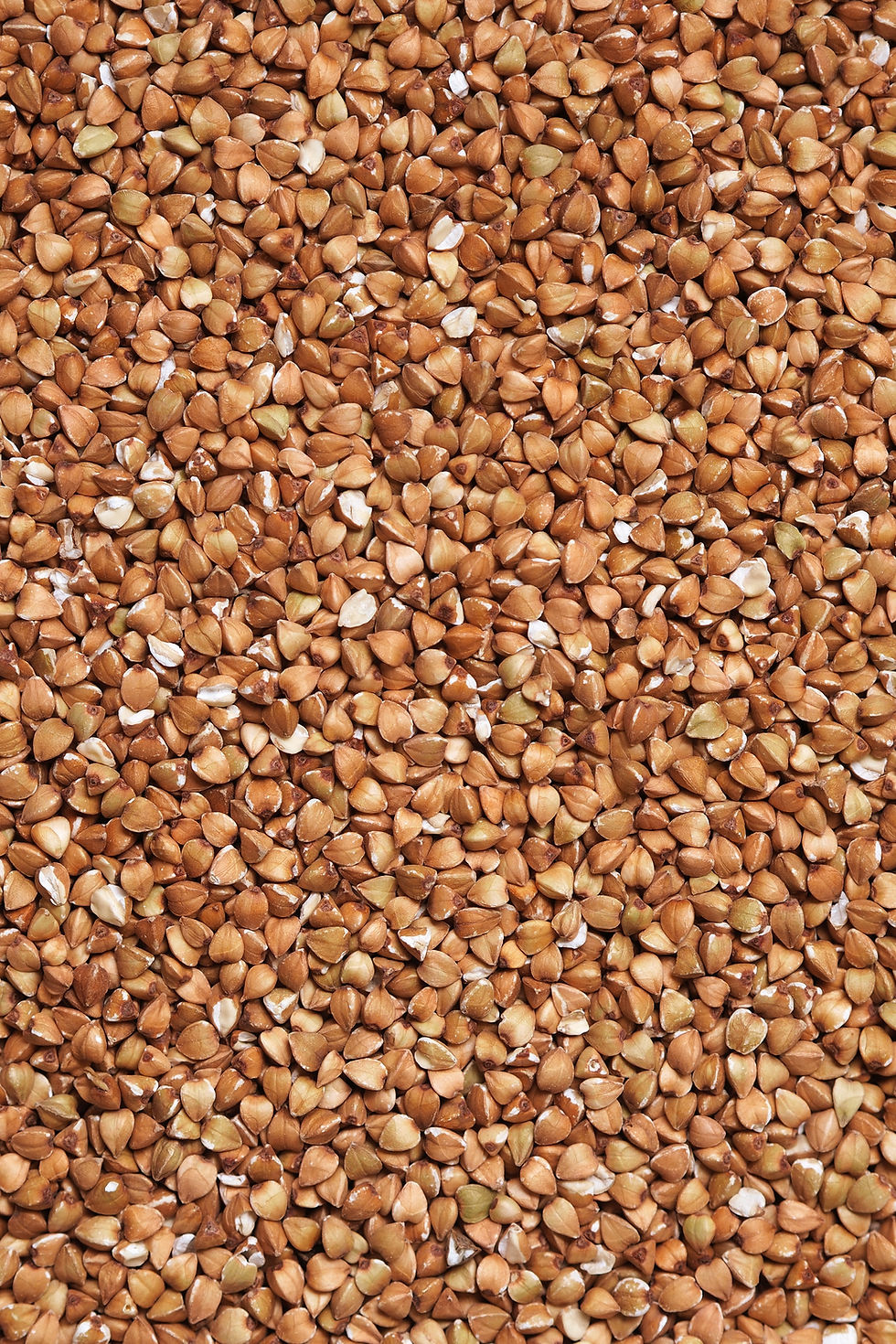
Buckwheat
Buckwheat is a nutrient-rich pseudo-cereal, not related to wheat, known for its triangular seeds or groats. It is gluten-free and offers essential amino acids, fiber, and minerals. Used in various dishes like pancakes and noodles, buckwheat has a distinctive earthy flavor. Hardy and adaptable, it grows in cooler climates and serves as a cover crop for soil improvement. Associated with health benefits, buckwheat is prized for its versatility in both sweet and savory culinary applications.
Origin
China, Ukraine
Grades
Groats, flour
Packaging
Bags, big bags
Plant
Buckwheat is a herbaceous plant, not a tree or bush, and is cultivated for its seeds known as buckwheat groats. The plant features clusters of small white flowers, and its adaptability makes it well-suited for diverse climates. The seeds are the edible part, used in various culinary products such as groats, flour, and noodles.
Season
Buckwheat is typically harvested in late summer to early fall, around 10 to 12 weeks after planting. Harvesting is done when the seeds have matured and turned brown, signaling their readiness for use in various culinary applications.
Usage
Used in cuisine
- Porrigde and hot cereals
Used as ingredient
- Gluten free baking
- Noodles
- Snacks